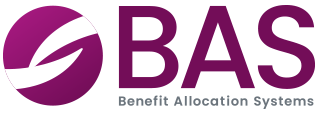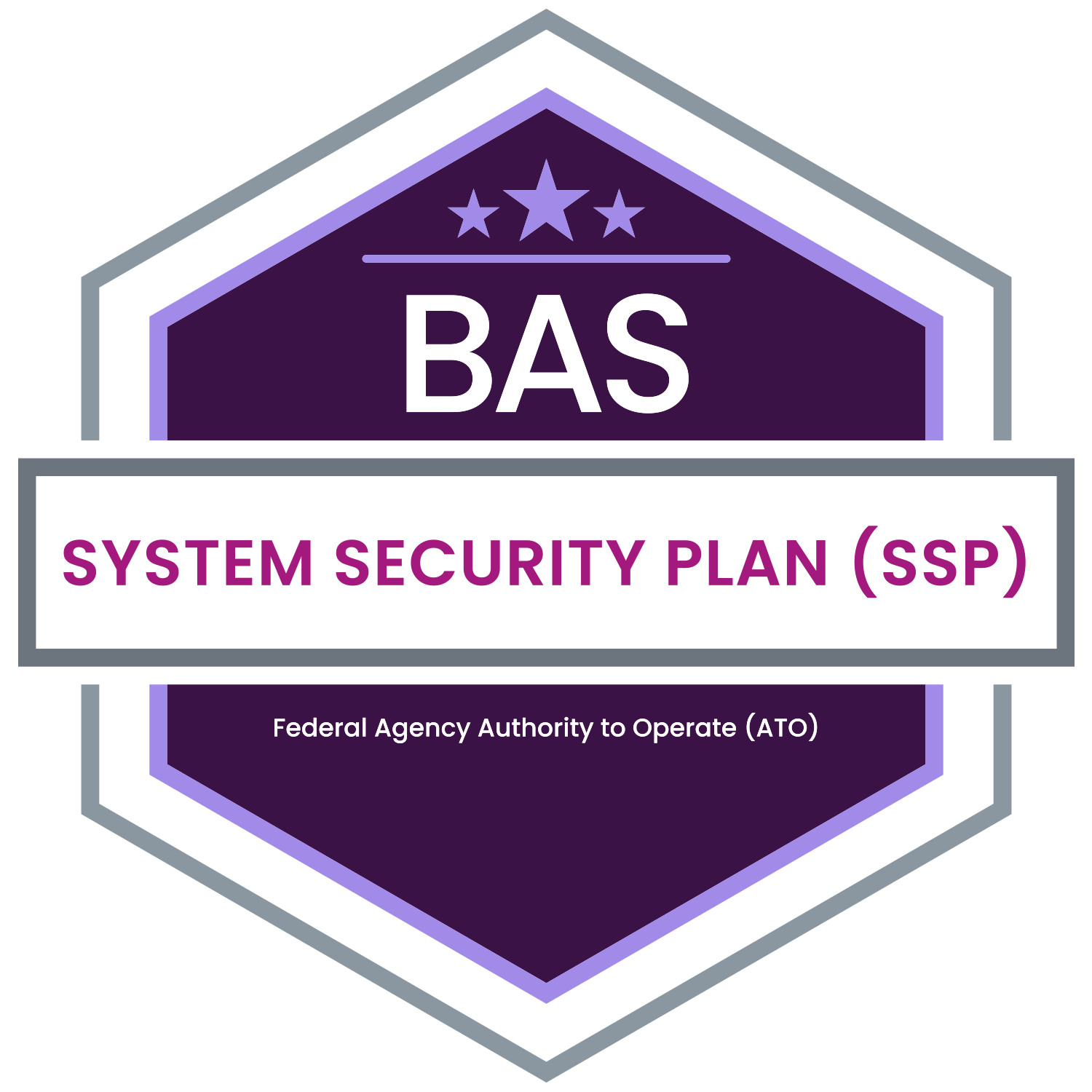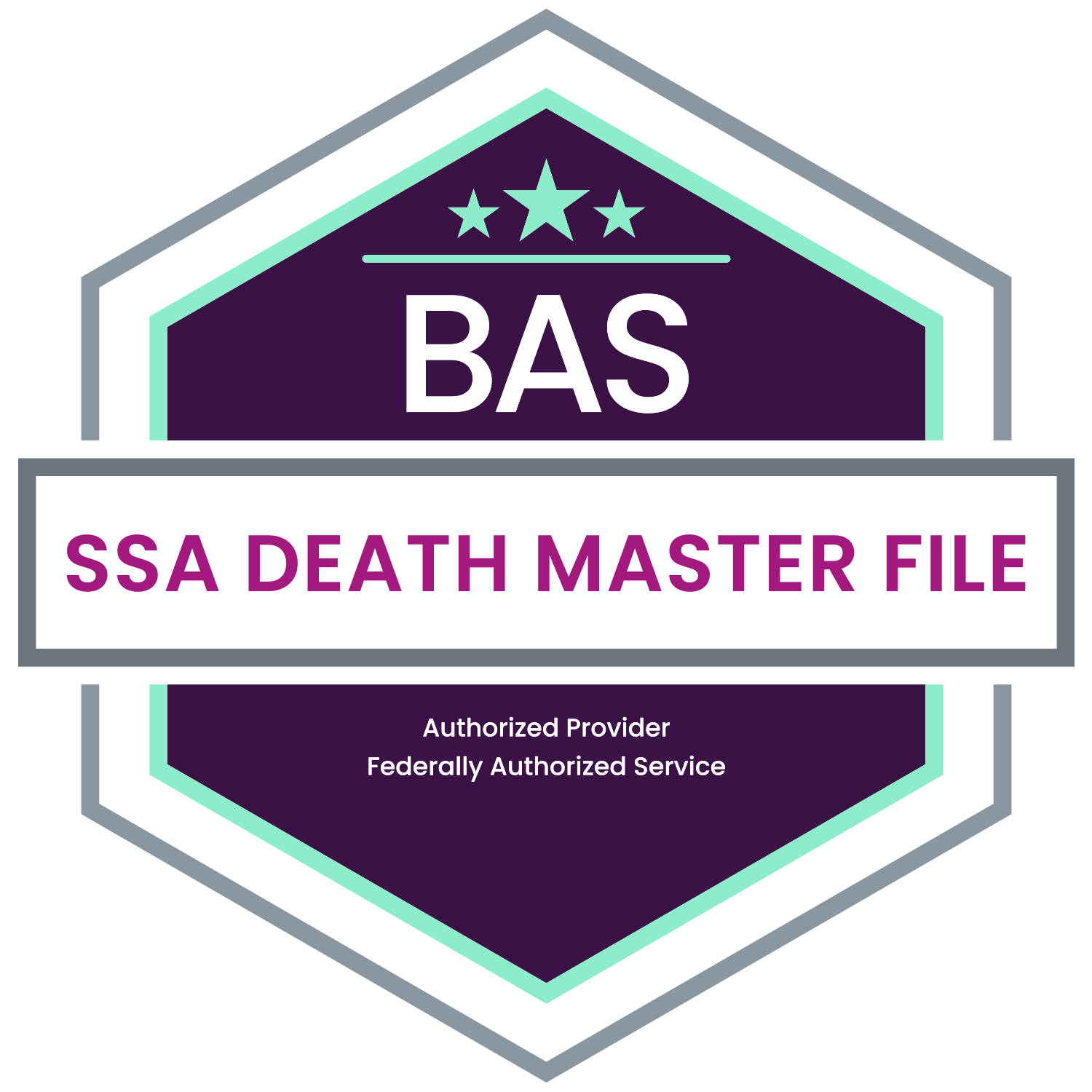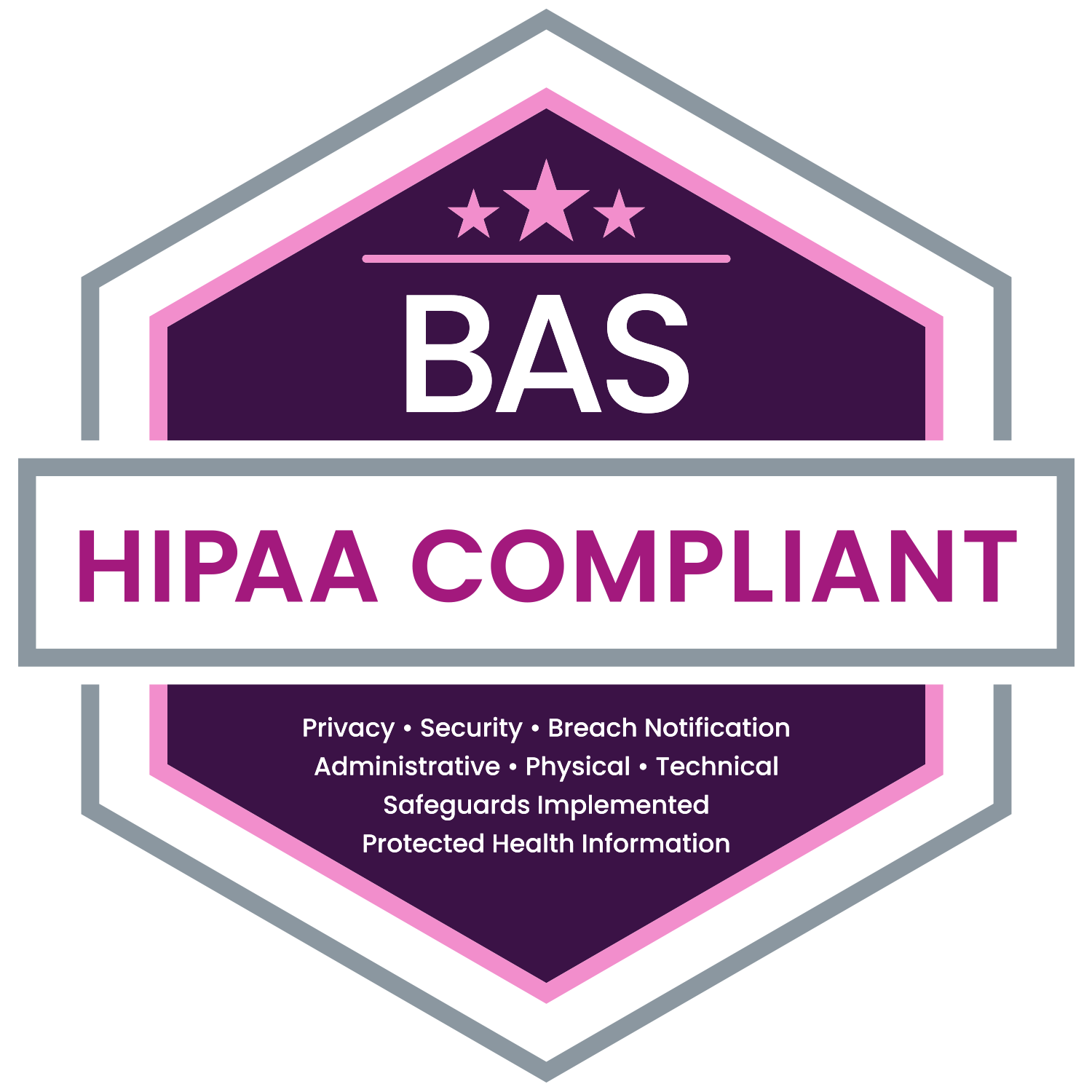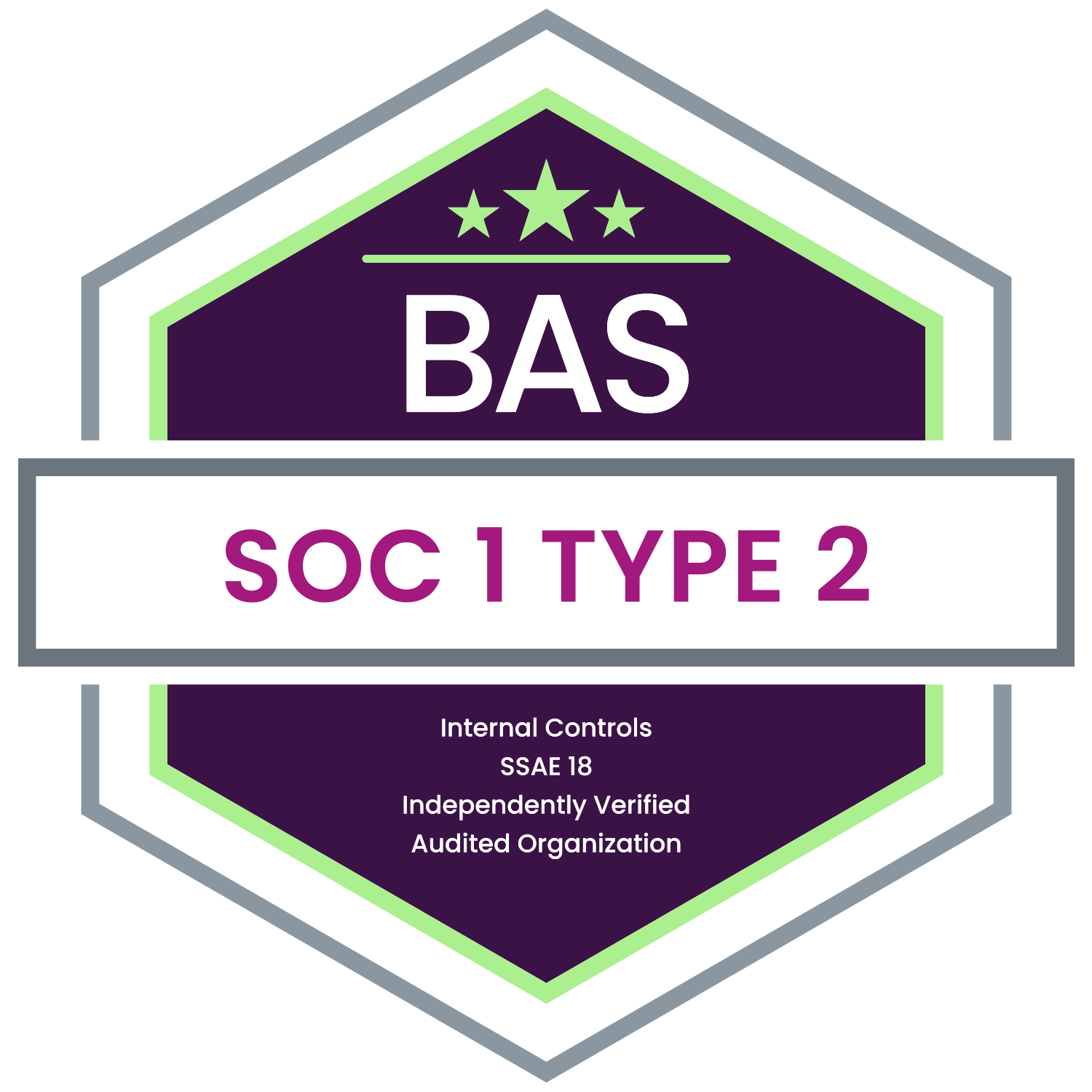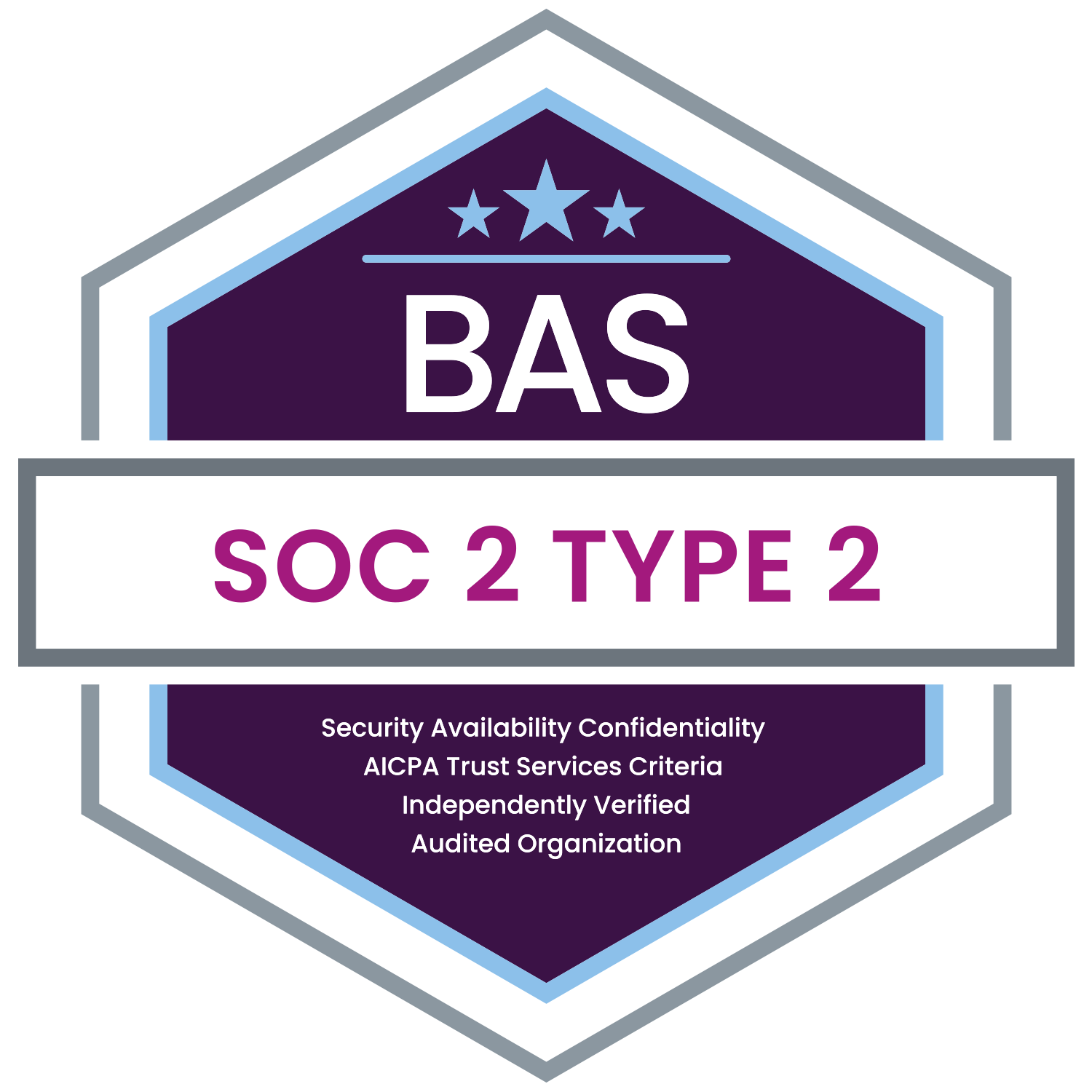The IRS, Department of Labor (DOL), and Pension Benefit Guaranty Corporation (PBGC) released updates to Form 5500 for 2025 filings. Form 5500 is an important filing requirement for many employee benefit plans, serving as a comprehensive annual report. While often associated with retirement plans, it also applies to welfare benefit plans—plans providing health, life, disability, and other non-retirement benefits.
As the agencies release updates to Form 5500 each year, plan sponsors must stay informed to ensure compliance. The 2025 updates to the form, while largely focused on retirement plans, introduce a few noteworthy changes that all filers, including welfare benefit plans, should be aware of.
Form 5500 and Welfare Benefit Plans: What You Need to Know
Purpose of Form 5500
Welfare benefit plans subject to the Employee Retirement Income Security Act (ERISA) must use Form 5500 to provide information about:
- Plan operations and funding.
- Compliance with ERISA’s reporting and disclosure requirements.
- Participant coverage and plan expenses.
Who Must File?
Generally, welfare benefit plans with 100 or more participants at the beginning of the plan year are required to file Form 5500. Smaller plans may be exempt if they are unfunded, fully insured, or a combination of both.
How Is Form 5500 Used?
The form helps federal agencies monitor compliance with ERISA and identify potential risks to plan participants. For welfare benefit plans, it provides critical insights into plan expenses, participant counts, and funding arrangements.
Key Changes for 2025
Although most updates to the 2025 Form 5500 pertain to retirement plans, some revisions affect all filers, including welfare benefit plans:
- Electronic Filing of Form 5558
- Starting January 1, 2025, Form 5558—used to request an extension for filing Form 5500—can be submitted electronically through the DOL’s EFAST2 system.
- This change simplifies the filing process and aligns with broader efforts to modernize benefits reporting.
- Updated Penalty Information
- The instructions now reflect the current maximum DOL penalty for late or incomplete Form 5500 filings: $2,670 per day.
- Defined Contribution Group (DCG) Filing Extensions
- While specific to defined contribution plans, it is noteworthy that a single Form 5558 can now be filed for a DCG reporting arrangement, eliminating the need to attach a list of participating plans.
Implications for Welfare Benefit Plan Sponsors
While the 2025 updates are minor for welfare benefit plans, they underscore the importance of maintaining accurate and timely filings. The increased focus on modernization (e.g., electronic filing) and heightened penalties for noncompliance highlight the need for plan sponsors to stay vigilant.
Action Steps for Plan Sponsors
- Review Filing Requirements: Confirm whether your welfare benefit plan meets the thresholds for Form 5500 filing. Plans with over 100 participants typically must file, but certain smaller plans may be exempt.
- Leverage Electronic Filing Options: Take advantage of the EFAST2 system for submitting both Form 5500 and related extensions via Form 5558.
- Monitor Deadlines: Ensure Form 5500 is filed on time to avoid significant penalties, which can add up quickly at $2,670 per day.
- Stay Informed: Even if changes appear minor, updates to filing instructions or penalties can impact compliance.
Looking Ahead
The Form 5500 updates for 2025 highlight the agencies’ ongoing efforts to enhance transparency and streamline reporting processes. Welfare benefit plan sponsors should use this opportunity to ensure their filings are accurate, timely, and compliant with ERISA requirements. By staying proactive and leveraging modernized systems, plan sponsors can avoid penalties while safeguarding the interests of their participants.
Benefit Allocation Systems (BAS) provides best-in-class, online solutions for: Employee Benefits Enrollment; COBRA; Flexible Spending Accounts (FSAs); Health Reimbursement Accounts (HRAs); Leave of Absence Premium Billing (LOA); Affordable Care Act Record Keeping, Compliance & IRS Reporting (ACA); Group Insurance Premium Billing; Property & Casualty Premium Billing; and Payroll Integration.
MyEnroll360 can Integrate with any insurance carrier for enrollment eligibility management (e.g., Blue Cross, Blue Shield, Aetna, United Health Care, Kaiser, CIGNA and many others), and integrate with any payroll system for enrollment deduction management (e.g., Workday, ADP, Paylocity, PayCor, UKG, and many others).
